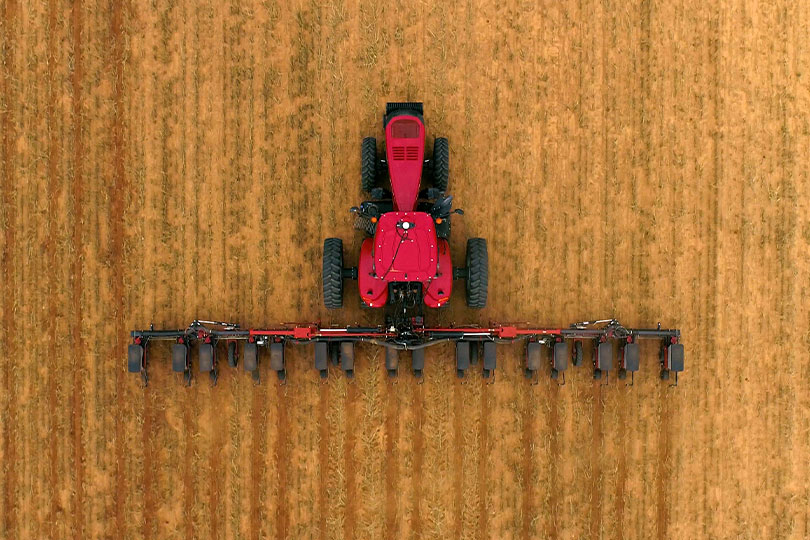By Shelby Shank
Field Editor
Farmers and ranchers have had to adjust to above-average rainfall in the Texas Panhandle. Although the recent rainfall improved soil moisture, it has delayed field work.
Despite the soggy conditions and planting delays, the rainfall is still welcome after several years of drought, replenishing much of the region’s moisture deficit.
Inability to access fields prevented some farmers from planting planned crops like cotton and corn. Farmers are now assessing field conditions and evaluating their planting options, said AgriLife Extension Agronomist Dr. Jourdan Bell.
Rainfall events were slow around the Panhandle in May, but isolated heavy rainfall caused catastrophic flooding in towns like Hereford and Amarillo.
Precipitation has consistently fallen across the Panhandle since mid-May. Hereford received more than 20 inches of rainfall in one month, which is above the average annual precipitation of 18 inches for the area.
Rainfall continued in June. Precipitation amounts are sporadic with some areas receiving more or less than others nearby. Rain has refilled stock tanks, playa lakes and creeks, as well as lakes, Bell said.
She noted there are still fields with standing water and crops that are likely drowned out. On the contrary, other planted fields have issues with soil crusting, preventing good crop endurance. Another round of storms in mid-June brought hail, impacting many more fields across the Panhandle.
Recent weather has left cotton fields planted in early May developing very slowly because of cool conditions, and early planted corn was looking good if it hasn’t been drowned out or hailed out.
“Before the rain, many farmers were reevaluating planting decisions because of the drought and declining groundwater, and now it’s been challenging to get in the field and get work done because of the rain,” Bell said. “And now we are seeing many fields that were not planted or, if planted before the rains, drowned or hailed out.”
Most wheat acres failed earlier in the season due to drought. Consistent rains throughout May have likely benefitted remaining wheat fields and harvest potential, but grain yield potential was set prior to the recent rainfall.
Fields needed the soil moisture from recent rainfall as crops move into hotter summer periods.
“Even though it’s been very wet, we know it can quickly turn very hot and dry,” Bell said.
Rains in May and June are likely to significantly improve forage production and rangeland grazing and browsing for both livestock and wildlife, as well as water availability. More than 50% of the acreage in the Panhandle is native rangeland, making those acres an essential resource for livestock, Bell said. Many of those areas have been locked in drought for multiple years, and the moisture will be very beneficial.
“We tend to focus on crops, but the benefits to rangeland and grasslands are incredibly important,” she said. “Ranchers are also dealing with fences and roads that washed out. Both crop and livestock producers faced damages and losses to the recent rains.”

